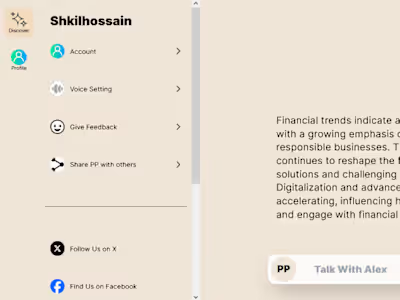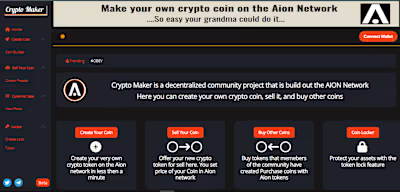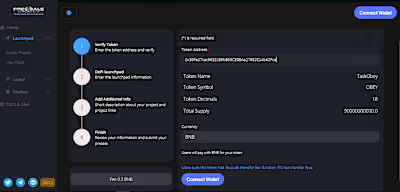P2P crypto exchange
Developing a Peer-to-Peer (P2P) platform using the MERN (MongoDB, Express.js, React, Node.js) stack involves several stages, from gathering requirements to the final deployment and support. Below is a detailed process outline focusing on the development aspects, along with considerations for token pricing.
Development Process
1. Requirement Analysis and Planning
Initial Consultation: Meet with the client to understand the P2P platform's goals, user base, functionalities, and specific requirements.
Feature Definition: Define key features such as user authentication, listing management, messaging, transaction handling, and review systems.
Project Plan: Create a comprehensive project plan with timelines, milestones, and assigned responsibilities.
2. Design
System Architecture: Design the system architecture, outlining how different components will interact (e.g., frontend, backend, database, external APIs).
Database Schema: Design the database schema in MongoDB, including collections for users, listings, transactions, reviews, and messages.
UI/UX Design: Develop wireframes and mockups for the user interface, ensuring a user-friendly experience.
Development
Frontend Development:
React Setup: Set up the React environment using tools like Create React App or Next.js for server-side rendering if needed.
Component Development: Develop reusable React components for the user interface, including forms, buttons, modals, and navigation elements.
State Management: Implement state management using Redux or Context API for handling global state.
Backend Development:
Node.js and Express Setup: Set up the Node.js server with Express.js to handle API requests and business logic.
API Development: Develop RESTful APIs for user authentication, listing management, messaging, and transaction processing.
Token Integration: Integrate token functionalities if the platform involves blockchain tokens for transactions or incentives.
Database Integration:
MongoDB Setup: Configure MongoDB and set up necessary collections and indexes.
CRUD Operations: Implement Create, Read, Update, Delete (CRUD) operations for managing data in MongoDB.
Authentication and Security:
JWT Authentication: Implement JSON Web Token (JWT) authentication for secure user login and session management.
Encryption: Ensure sensitive data is encrypted, and implement security best practices to protect against common vulnerabilities.
Real-Time Features:
WebSockets: Implement WebSocket communication for real-time messaging and updates (e.g., new listings, transaction statuses)
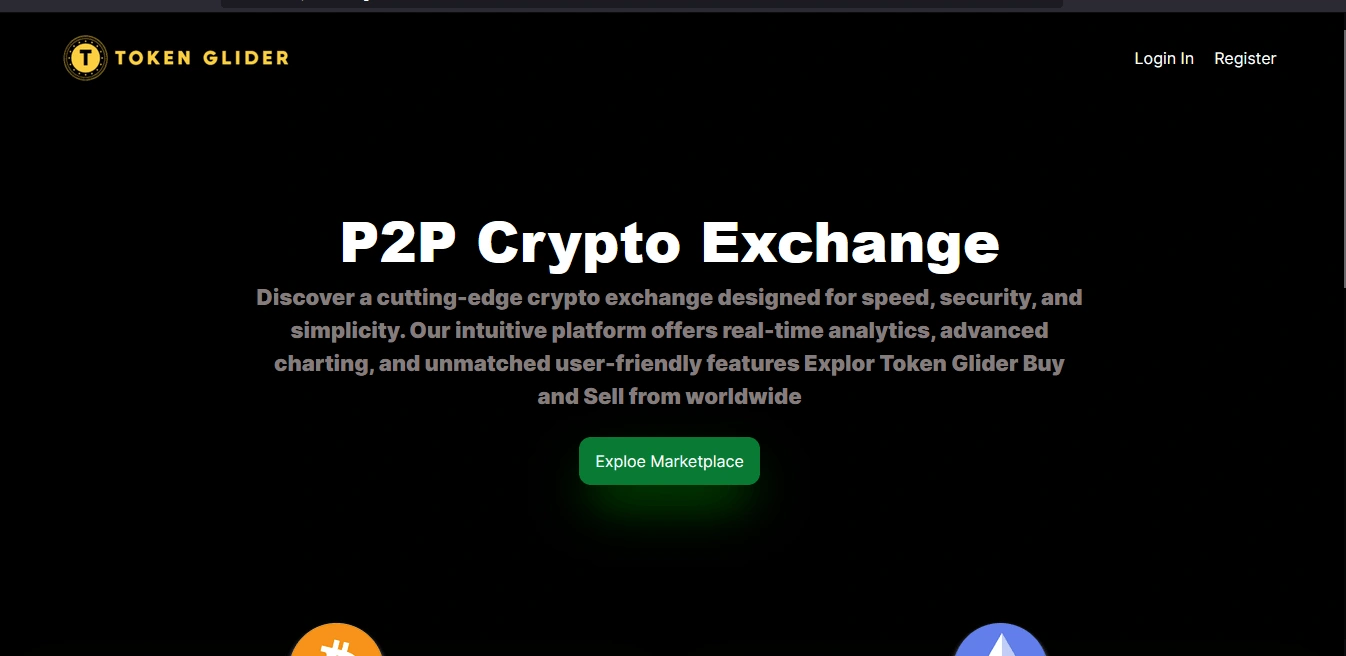
Integration and Testing
External API Integration: Integrate third-party services (e.g., payment gateways, email services) as needed.
Unit and Integration Testing: Write unit tests for individual components and integration tests to ensure different parts of the application work together seamlessly.
End-to-End Testing: Conduct end-to-end testing to simulate user interactions and ensure the entire platform functions correctly.
5. Token Price Implementation (if applicable)
Token Economics Design: Define the tokenomics, including total supply, distribution, and use cases within the platform.
Smart Contract Development: Develop and deploy smart contracts on a suitable blockchain platform (e.g., Ethereum, Binance Smart Chain) to manage token issuance and transactions.
Token Pricing Mechanism: Implement a dynamic pricing mechanism for the token, which could involve market-driven rates or algorithmic adjustments based on demand and supply.
Integration with Platform: Integrate the token with the P2P platform, allowing users to buy, sell, or earn tokens through transactions and activities.
Monitoring and Analytics: Set up tools to monitor token transactions, user activities, and market conditions to adjust token prices and ensure liquidity.
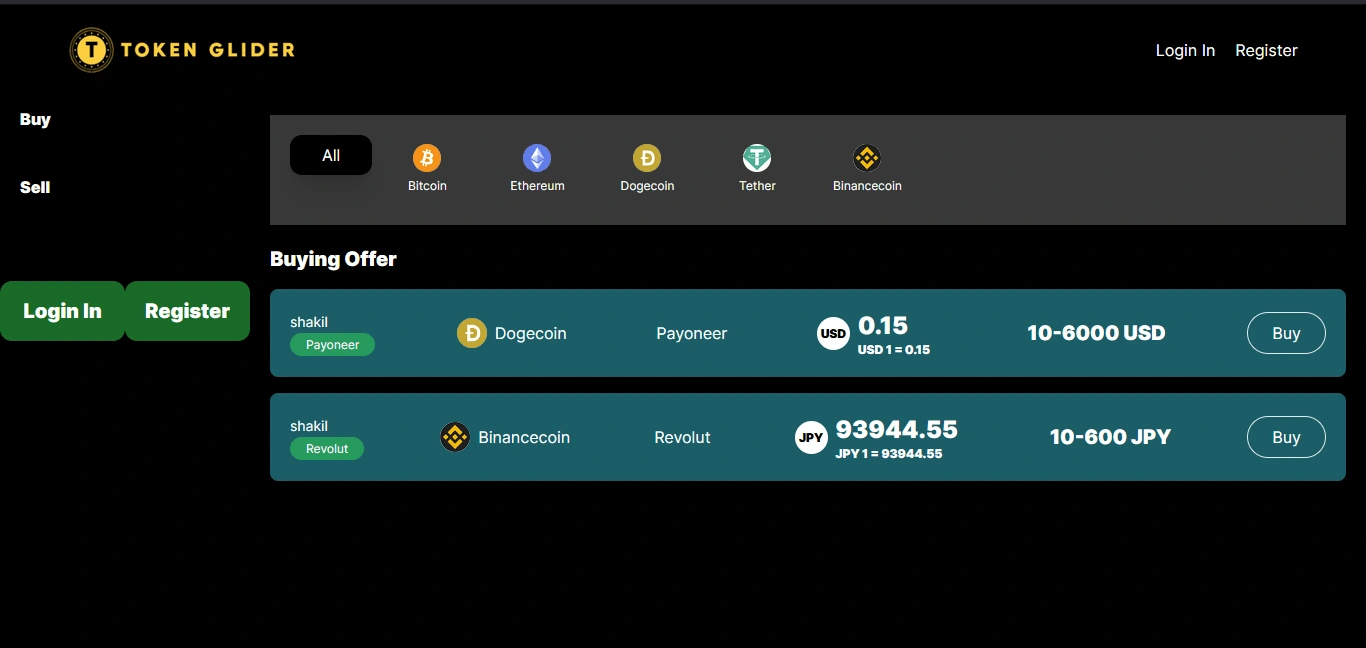
Finishing and Deliverables
Finalizing the Project
Code Review: Conduct a thorough code review to ensure quality, security, and adherence to best practices.
Performance Optimization: Optimize the platform for performance, ensuring fast load times and efficient database queries.
User Acceptance Testing (UAT): Conduct UAT with a group of end-users to gather feedback and identify any remaining issues.
Documentation: Prepare comprehensive documentation covering the system architecture, API endpoints, database schema, and user guides.
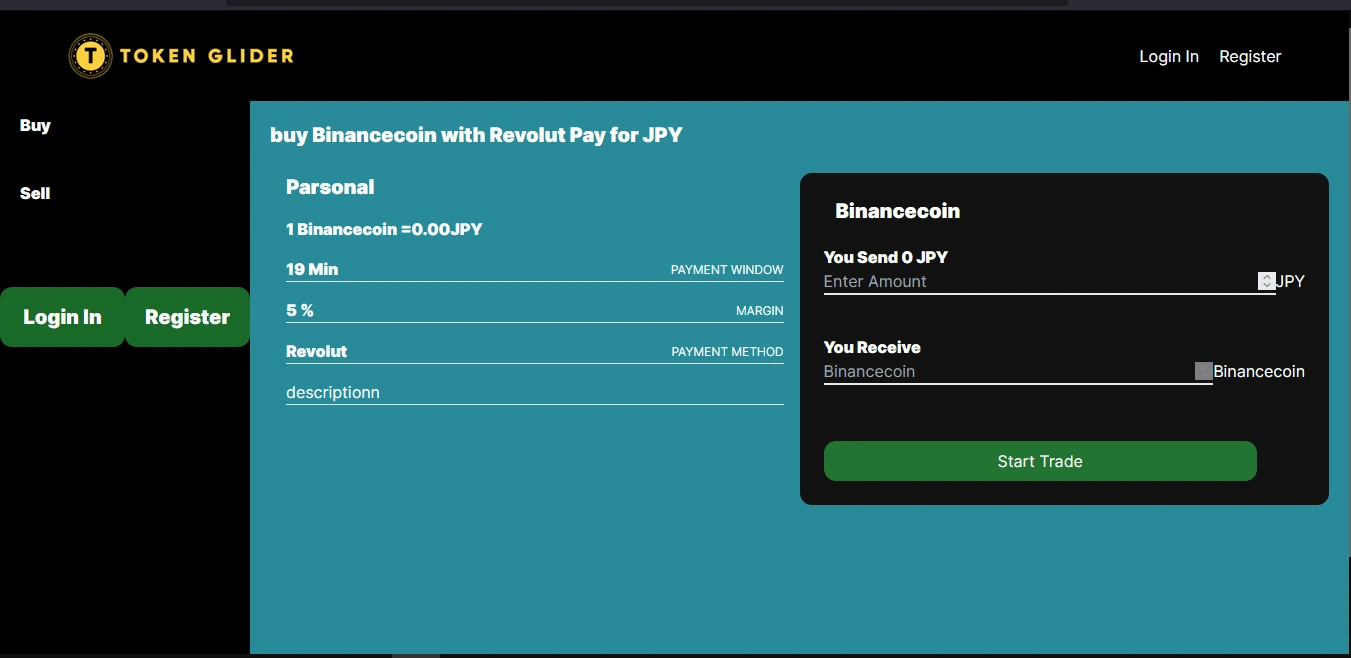
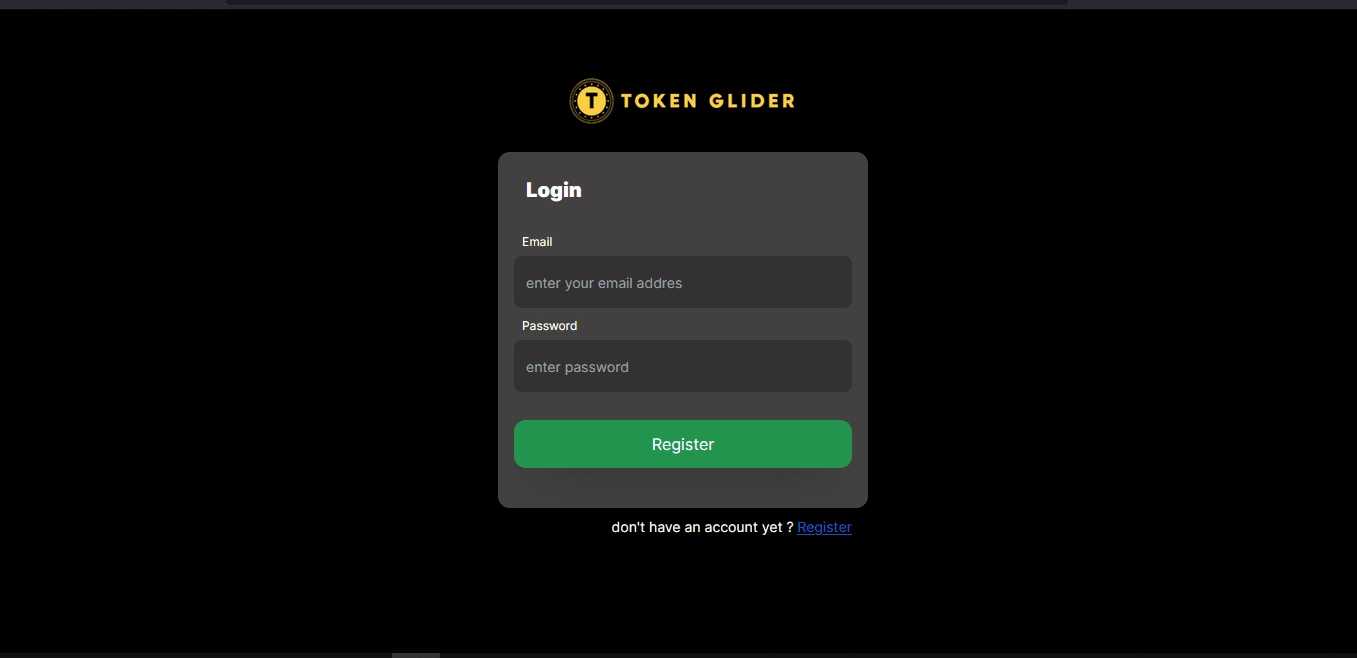
Deliverables
Source Code: Deliver the complete source code for the frontend, backend, and any associated smart contracts.
Deployed Application: Provide access to the deployed application on the specified hosting environment.
Technical Documentation: Supply detailed technical documentation, including architecture diagrams, setup instructions, and API documentation.
User Documentation: Deliver user manuals and guides for both administrators and end-users.
Training: Provide training sessions for the client’s team on managing the platform and handling common administrative tasks.
Support: Offer post-launch support for a specified period to address any issues, perform maintenance, and implement further optimizations.
Analytics Tools: Integrate and deliver tools for tracking user activities, transaction volumes, and overall platform performance.
Like this project
Posted Jun 3, 2024
Develop a cutting-edge P2P platform using the powerful MERN stack, offering seamless and secure user interactions, real-time updates, and robust transaction han





